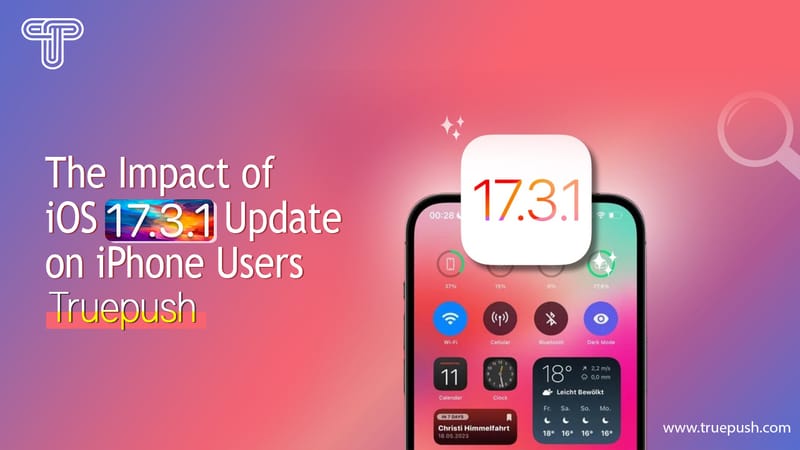Firebase Cloud Messaging(FCM), was formerly known as Google Cloud Messaging(GCM).
FCM is a cloud platform that provides messages and push notifications for operating systems- ios and Android, and websites as well.
Google Cloud Messaging is a messaging service that enables the message transfer from server to clients apps.
The replacement of GCM with Firebase offers many improvements.
The difference between FCM and GCM (Key benefits):
Easier client development
FCM does not require you to write your own subscription retry logic or registration.
- Seamless integration
- You can set up a serverless notification solution with a Firebase notification console. Firebase console allows you to send notifications to specific audience segments through Firebase analytics integration.
- You can leverage benefits from Google Analytics, consider Firebase A/B testing, and many other functionalities.
- Higher delivery rates
- The delivery rates are reliable as compare to Google Cloud Messaging and support more effective reporting.
- All new SDK code
- The new SDK code from FCM solves various issues that GCM did not provide.
- For example, for Firebase SDK for iOS and Android, you don’t need to deal with registration logic, errors from servers, and more.
- With the new SDK code, you can boost your reach by building an app and its features through the same SDK.
- Some of the other important updates after switching to FCM over GCM are:
- No resubscription is required
- The subscriptions on your existing Google Cloud Messaging will automatically be sent to the FCM token. And, there is no need to subscribe again.
Continuation of GCM tokens
- As a user, if you use any GCM supported product, your GCM token will continue to work. However, your provider needs to switch to FCM for better functionality and analytics.
- You would not need to worry about GCM tokens as they will automatically be shifted to the Firebase cloud system.
- If you are migrating from Google Cloud Messaging(GCM) to Firebase Cloud Messaging, then follow the integration guide here.
- New features enhancements to FCM
- FCM libraries update
- The new library update saves you from taking permissions, by using manifest merging.
It auto-updates any permission that is required. Therefore, saving your extra efforts. - Firebase Remote Configuration
By using the Firebase Remote Config feature, you can quicken the deployment of changes on your App through the key-value store
You can use audience builder from FCM. This will allow you to create a custom audience and run A/B tests on your audience sets. - Supports Cross-platform
The new FCM SDK code saves your infrastructure from any further modifications. This is the result of APIs present in a single SDK for ios, Android, web, C++. - Web Push functionality
- FCM also supports the implementation of IETF Web Push APIs where you can target specific browsers.
- For example, you can choose to show messages on Windows or Linux, and exclude Mac per se. Or, you can even include a message to show up on chrome on Android.
- Conclusion
- You can create your push notification using Google’s services. Understand the difference between FCM and GCM to work on a much efficient cloud messaging platform.
- However, setting up web push notifications is a time taking process. Therefore, there is Push notification software that exists to help you do the same, but with more customizations.
- You can use
- Truepush
- for free to send web push notifications on both mobile and web without taking a lot of time.




